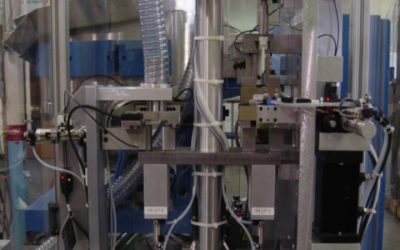Although MIG and TIG welding display a number of similarities, they are very different. As a matter of fact it is these differences that make them suitable for very specific applications. MIG (Metal Inert Gas) and TIG (Tungsten Inert Gas) both weld under a shield of inert gas, however, in MIG welding there is an electrode which is consumed in the process, in TIG welding there is no electrode, this in itself is a one of the MIG welding basics. In TIG welding the filler material is the base material itself; welds can be created just using the base metal with no need for any filler material. In low stress applications both MIG and TIG welding give acceptable results.
MIG welding is thought of as the more “general purpose” welding method used in the automotive industry. MIG is faster than TIG welding and the MIG process can be fully automated whereas this is not the case with TIG welding. MIG welding also allows for errors to be easily corrected and setting up for the weld is considerably quicker. Although these MIG welding basics are important, it must also be understood that MIG welding is not as clean as TIG because with the need for filler material, there is also the potential of excessive splatter and smoke. As a result of the smoke that surrounds the process, hidden fissures and other weld weaknesses often go unnoticed, this leads to welds that may look great on the surface but may contain hollow voids which can cause problems in the future.
Because of the cleanliness and lack of splatter associated with TIG welding, it is the weld of choice in the aerospace industry. When the base metal is the weld material, the welded joint is stronger than an intermediate filler weld; contaminated welds are also much fewer than if the welds were MIG. Very thin materials are best welded using TIG due to the increase in precision. Although TIG most certainly plays an active role in the welding world, the equipment is considerably more expensive and the welding time is slower and more demanding on the part of the welder.
Both processes, MIG and TIG were developed in the 1940s; TIG expressly for use in the aerospace industry and MIG for fusing non-ferrous material such as aluminum.
It is possible to learn MIG welding basics at home. Log on to MakeMoneyWelding.com to learn how you can learn MIG welding which you can turn into a lucrative career.




